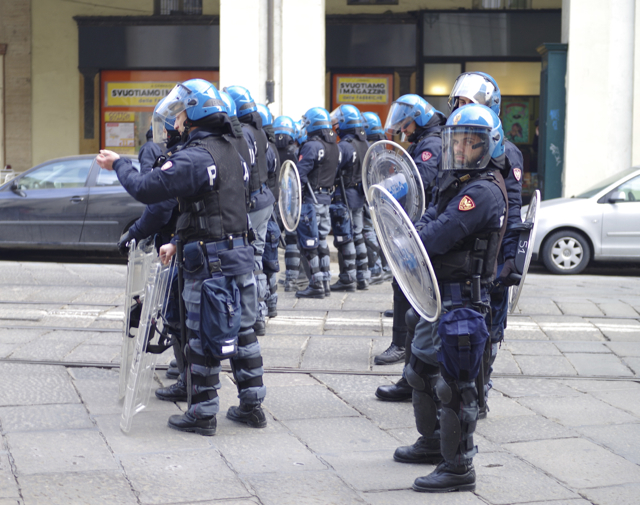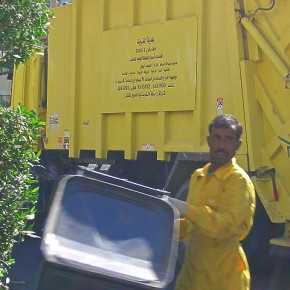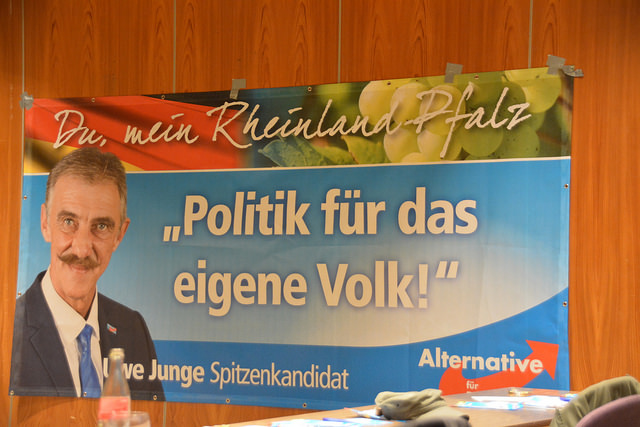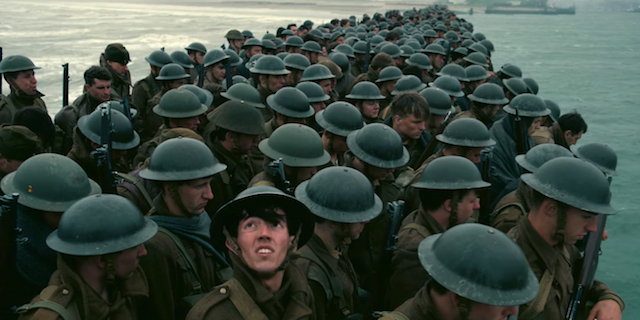Once upon a time, political posters read like essays. Words always outnumbered images. You could spend half an hour reading them, if not longer. Particularly in Europe, where the practice of wheatpasting a manifesto denouncing, for example, capitalism, at bank entrances, can be as common as posting screeds on blogs. It just depends on the city.
The difference is immediately noticeable. Though one may reach a lot more people online, the experience of physically interacting with didactic, albeit propagandistic media, in the street, can have a greater psychological effect. Perhaps it’s the physicality of the presentation, in immediate personal context. The politics is more sensuous, albeit tangible.
The following flyer, posted last June in Turin, is a great example. Denouncing a Mussolini-era law (Article 419,) it’s an especially intense read. The fact that any laws from Italy’s Fascist era remain on the books is of course troubling. Particularly to those unfamiliar with the country’s history. See the translation, after the photo.

DESTRUCTION AND ROBBERY
THE AXE OF THE STATE ON THOSE WHO DARE TO REBEL
THE LAW
Article 419 of crime law “Destruction and Robbery” states: “ Whoever, except in cases provided by art. 285, commits any act of destruction or robbery is punished with detention from eight to fifteen years. The penalty is increased if the act committed [involves] weapons, munitions or foods in storage or places of sale.” At this point it’s necessary to recall also art. 285 of criminal law:
“Whoever, with the intention of undermining State security, commits an act directed [at] destruction, robbery or murder in the state territory or its part, is punished with death (the death penalty has been suppressed and substituted with life imprisonment.)”
It’s a crime against public order first introduced in Italy under the fascist regime, with the infamous Codice Rocco dated 1930 (a code still valid in many of its parts.)
As it is shown in the original text, the regime at the time [meted out punishments that included] the death penalty. The doctrine related to the crime of destruction and robbery clearly reveals how crime is not a simple series of damages and robberies, but something of a different kind, in which public order is infringed to the extent that it constitutes an actual danger to the normal course of social life, in a certain place, or in an entire city.
A BRIEF HISTORY
Art. 419 is a crime specially aimed at repressing uprisings and street rebellions.
One of the first occasions in it was employed is related to the robberies committed after the Allied bombings on Avellino in 1943, when British and American aircraft destroyed the market square, episcopal palace and tens of houses.
But it’s in the postwar period that its function is becomes clearer, up to today.
Not coincidentally, it was challenged several times in the extremely tense, latent civil war-like climate, immediately following the end of Second World War. Italy was a country on its knees and starving, with unemployment and poverty at a level (maybe) unimaginable today.
Moreover, it was the theatre of a violent ideological conflict. A country that was part of the West, but with a very strong Communist Party and likewise strong labor and agrarian movements. In fact, this crime was invoked in response to the uprisings that took place in Italy soon after the assassination attempt on Italian Communist Party Secretary Palmiro Togliatti, on July 14th, 1948.
In order to understand the [political] climate then, it’s sufficient to mention that on the July 14th, 14 people were killed and hundreds [more] were injured. In the two days following the attempt (on Togliatti,) 16 more were killed and about 600 injured.
During the 1960 riots against the Tambroni government in Palermo, “everything was smashed, banks, the municipality palace and shops were attacked. Of 55 [arrested], only two were condemned for destruction and robbery, but both were granted extenuating circumstances for high moral and social value for having fought in order to improve workers social conditions; bombs were found everywhere; many of the protesters were armed; all the streetlights and flower beds were destroyed.”
Worthy of an in-depth analysis would be the motivations for which this criminal law article was so rarely invoked in the so called “Years ofLead,” particularly during the 1970s, when there were hundreds of violent riots all over the country.
For years nobody heard about it, until 1998, when the crime of destruction was cited for the first time in Turin, following the April demonstration, after after the death in Vallette prison of the anarchist Edoardo “Baleno” Massari, accused of having attacked the first TAV sites in the Val di Susa.
On that Saturday, a parade of 10,000 people marched in Turin’s streets, [inflicting] heavy damage on the Palace of Justice, which was under construction at that time.
After the “pioneer case” of the 2001 G8 [meeting] in Genoa, once resurrected, the ease with which article 419 started to be used became more and more frequent.
It has started to be used against soccer team supporters.
On the September 20th, 2003, after a police charge at the gates of Partenio Stadium in Avellino, young Neapolitan fan Sergio Ercolano fell to his death from the bleachers. A pitch invasion and violent riots followed. Some Neapolitan groups were accused of destruction.
Rome is the site of other two episodes.
The first is the well-known “derby of the dead child” on March 21st, 2004, when, following the information (later determined to be unfounded) that a child had been hit by an armored vehicle (and then killed by a swarm of cars) at the Olympic Stadium, violent riots ensued.
The second is “the night of police station assault” in November 2007, caused by policeman Luigi Spaccarotella’s murder of Lazio supporter Gabriele Sandri. It was a night of violent clashes, and the Rome public attorney once again invoked article 419 of the criminal law.
After a failed attempt to again apply the article in Turin, following an antifascist demonstration on June 18th, 2005, [which had been] held in response to a neo-Nazi knife assault on the Barocchio squat, the proceeding that has [most] helped in [enshrining] the law is the one of Milan’s public attorney against protesters arrested after the clashes on the Corso Buenos Aires, on March 11th, 2006, during an antifascist demonstration against Fiamma Tricolore. [Police repression was [intense], and led to the prolonged imprisonment of tens of people.
The Court of Cassation sentence 16 of those accused to 4 years in prison. The sentence was delivered using an abbreviated procedure (which foresees the reduction of one third of the penalty.) They were mitigated by judicial pardons [issued] during the summer of 2006.
Translated from the Italian by Giulia Pace. Introduction and photographs courtesy of Joel Schalit.





